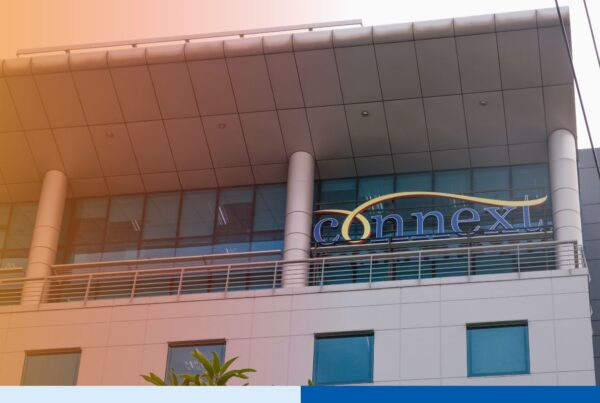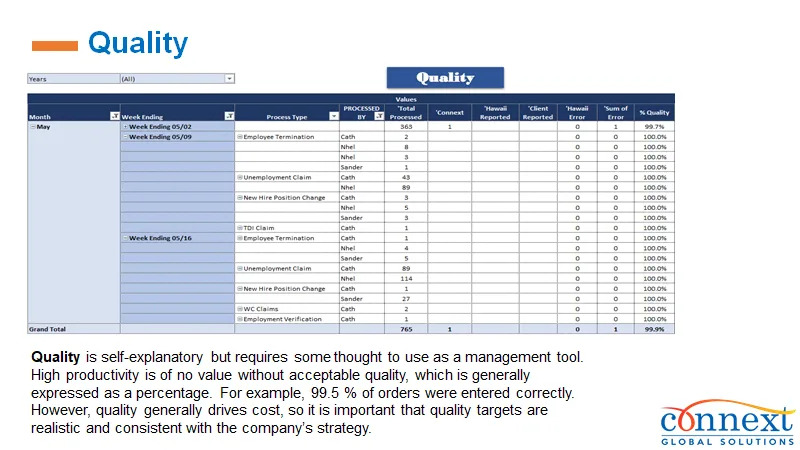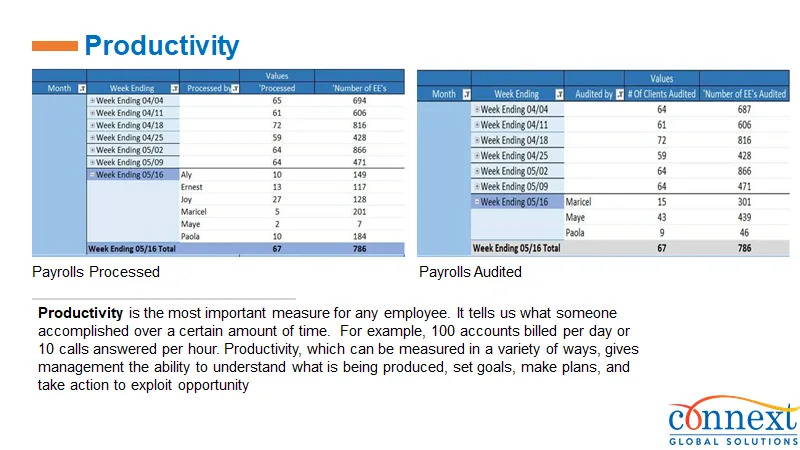Key Summary
- Companies face growing pressure to maintain operations and service levels despite hiring restrictions.
- Talent gaps, approval delays, and team burnout can slow down critical initiatives.
- Independent contractors—especially offshore—help organizations keep projects moving without increasing headcount.
- Contractor models offer flexibility, access to specialized talent, and continuity even during budget or staffing freezes.
- Connext supports organizations with compliant, scalable offshore contractor models.

It’s not uncommon for companies to implement hiring freezes. These pauses may be temporary, tied to budget cycles or restructuring, but the effects can be deeply felt across teams. Business doesn’t stop, even when headcount growth does. Departments are still expected to deliver results, and service levels must be maintained—whether or not new team members are being added.
A freeze on hiring introduces new operational tension. In many cases, approval cycles grow longer. Team leaders are asked to do more with the same or fewer resources. Strategic initiatives stall because there simply aren’t enough hands-on deck.
There are also compliance and legal guardrails to consider. In larger organizations or regulated industries, circumventing a hiring freeze through traditional employment channels isn’t an option. And in all cases, companies must balance business continuity with cost management and long-term planning.
This is where the value of independent contractors becomes clear.
A Practical Option: Independent Contractors
Independent contractors offer a path to keep work moving forward, without adding official headcount. Contractors aren’t new—but their strategic value during hiring constraints is becoming more recognized. When deployed thoughtfully, they can fill temporary gaps, provide specialized expertise, and reduce the strain on existing teams.
Contractor arrangements can also be designed to support flexibility. Contracts can be short-term or project-based, scaled up or down as needed, and adjusted based on workload. Teams can onboard individuals quickly, reducing delays and maintaining momentum.
This approach is especially relevant for organizations navigating:
- Delayed approval cycles for new hires or budget expansions.
- Resource limitations tied to temporary freezes or uncertain forecasts.
- Burnout or turnover risks within overextended departments.
Independent contractors aren’t just a stopgap—they’re a functional way to continue building, even when full-time hiring is paused.
Why Offshore Contractor Models Are Gaining Attention
Offshore staffing models expand the possibilities even further. Organizations can source contractors from global talent pools, enabling them to find highly skilled professionals without geographic constraints.
Contractors based offshore often bring strong technical and professional capabilities, and when paired with the right compliance and support infrastructure, they become fully integrated contributors to internal teams.
Offshore contractor arrangements also offer:
· Predictable costs without lowering quality
· Flexibility to scale teams up or down as needed
· Steady operations across time zones and disruptions
This level of adaptability is valuable in times of constraint—when internal options are limited, but deliverables must still be met.
Connext supports clients by setting up and managing compliant offshore contractor teams. These arrangements allow companies to move faster without needing to navigate the hurdles of traditional hiring structures.
Ensuring Quality and Control
A common concern is whether independent contractors—especially those offshore—can maintain the same standards as full-time, in-house staff. The answer lies in how the arrangement is structured.
With the right support partner, contractor teams can be embedded into business processes, given access to tools and systems, and held to defined performance metrics. Quality assurance frameworks, onboarding protocols, and shared communication tools help teams work seamlessly.
Organizations retain control by:
- Defining deliverables and scope clearly.
- Aligning contractor responsibilities with internal team goals.
- Maintaining visibility through reporting and oversight tools.
The result is not a disconnected, temporary workforce—but a flexible extension of the core team.
Addressing Legal and Operational Risk
Of course, working with independent contractors—particularly those offshore—requires careful planning. Labor laws, data security, and tax regulations vary by country, and compliance is essential.
That’s where a partner like Connext adds value. The Connext offshore contractor model is structured to meet international standards for labor and data protection, with clear service agreements and operational support baked in.
Companies can avoid misclassification issues, manage risk effectively, and ensure operational alignment without the burden of setting up a local entity or managing contractor admin in-house.
For many organizations, this removes a significant barrier to scaling talent during a freeze.
What This Looks Like in Practice
Connext works with clients in industries where delivery timelines can’t pause just because hiring is frozen—such as healthcare, finance, and tech. These companies often need skilled professionals in roles like billing, customer support, data processing, and project coordination. But they also need solutions that don’t increase headcount.
Through independent contractor agreements, Connext enables clients to:
- Add capacity quickly.
- Maintain compliance and oversight.
- Scale back down easily if needed.
This approach has proven especially helpful during periods of transition, restructuring, or policy-driven hiring slowdowns.
If you’re weighing alternatives to full-time hiring, learn more on Why Outsourced Staffing Beats Traditional Hiring in 2025 Without Adding Headcount.
For teams concerned about quality and oversight, find out How to Maintain Work Quality with Remote Contractors—Even During a Hiring Freeze.
Final Thoughts
Even as hiring restrictions ease, the advantages of contractor models remain relevant. Teams that have worked through constraints using flexible solutions often discover that some of these models continue to add value long after freezes end.
With the right structure, contractor partnerships can reduce burnout, speed up projects, and serve as a cushion during periods of organizational change. More companies are rethinking how they approach team scaling—not as a binary decision between hiring or not, but as a layered strategy that includes full-time staff, offshore teams, and independent contractors.
Connext continues to support clients through these transitions, offering models that match real-world business conditions.
Frequently Asked Questions (FAQs)
Independent contractors allow companies to bring in qualified professionals without adding to their official employee count. This helps maintain productivity and quality during hiring pauses.
Yes, when structured properly. Partners like Connext offer compliant offshore staffing models that align with international labor and data protection standards.
With support from a staffing partner, contractor teams can often be onboarded in a matter of days to weeks, depending on the role and requirements.
Yes. Contractor arrangements offer flexible scaling based on workload, project cycles, and operational changes.
If your organization is navigating a hiring freeze or looking for flexible ways to build capacity, Connext can help. Visit www.connextglobal.com or book a consultation to learn how contractor models support growth without expanding headcount.








